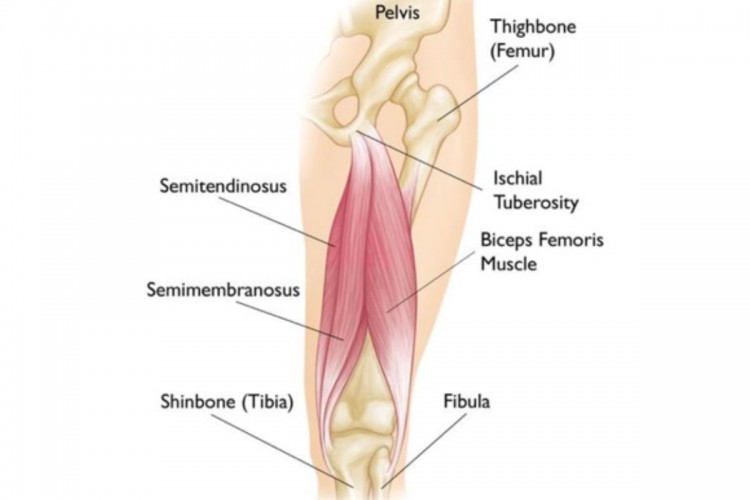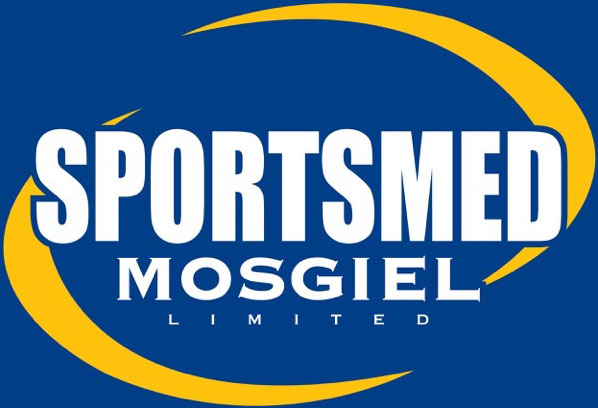
Hamstring injuries (HSI) are commonly seen in athletes who participate in sports involving high speed running such as track and field, rugby and soccer. They occur frequently in both elite and recreational athletes and account for 75% of all lower limb muscle strains in running sports. Nearly one third of these injuries recur within the first year following a return to sport, with subsequent injuries often being more severe than the original.
The hamstrings muscle group constitutes the posterior thigh, containing the semitendinosus, semimembranosus and biceps femoris (long and short head). The hamstrings are a biarticular group of muscles, specifically they cross and act at the hip and knee joint. This biarticular nature makes them susceptible to injury. The majority of hamstring strains occur in the biceps femoris (reported as high as 75-85%) Semimembranosus and semitendinosus injuries are less common.
Causes
Research has identified risk factors that contribute to hamstring injuries, including a history of a prior hamstring injury, persistent muscle weakness, muscle strength imbalances between the quadriceps and hamstrings, poor flexibility, hamstring muscle fatigue, and inadequate warm up.
The two most common mechanisms of injury include when the hamstrings are required to contract forcefully during the swing phase of running, and secondly, inadequate lengthening of the hamstrings during active hip flexion with knee extension. Although contact activities can cause hamstring injuries, research shows more than 90% of injuries occur without contact.
Treatment
Hamstring injuries are categorised by severity of muscle injury ranging from Grade I - III.
Grade I: Strain is mild and usually minimal loss of function
Grade II: Partial tears associated with pain and loss of strength
Grade III: Complete tears of the musculotendinous unit, resulting in complete loss of muscle function
For mild to moderate hamstring injuries (strain, partial tear), treatment is directed toward the “PRICE” protocol, i.e. protection, rest ice, compression and elevation in the first 48 hours. In addition, early Physiotherapy consisting of painfree range of motion exercises promotes healing.
Subsequent days to weeks will involve stretching and strengthening exercises focused on the hamstring and gluteal muscles as well core muscle strength. Neuromuscular control exercises such as squats, single leg balance drills may performed once you can perform painfree hamstring strengthening exercises. Once you experience pain free walking and have completed hamstring strengthening exercises with no pain, you can begin active rehab with a running program on a day on/day off basis as well as sports specific agility drills. After completing this stage you should be ready to return to your chosen sport without restriction.

Prevention
The prevention of hamstring injuries should be based on the modifiable risk factors that have been shown to contribute to hamstring injuries. These are a muscular strength imbalance between the hamstring and quadriceps, hamstring muscle fatigue, hamstring muscle weakness, hamstring tightness, insufficient warm up, and previous hamstring injury.
If you would like further advice on your injury or to go through a specific hamstring rehabilitation programme, please make an appointment with one of our highly experienced Physiotherapists at SportsMed Mosgiel Physiotherapy.



